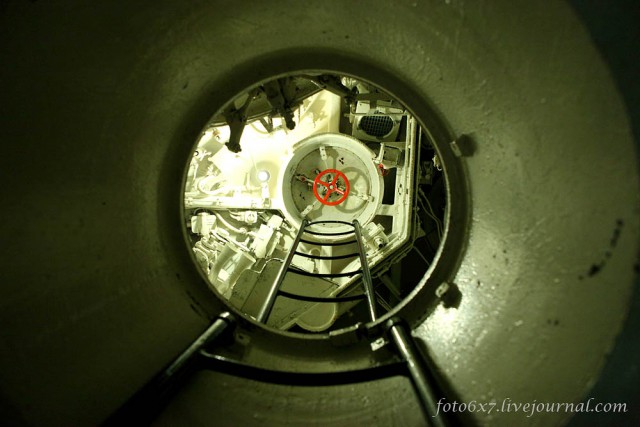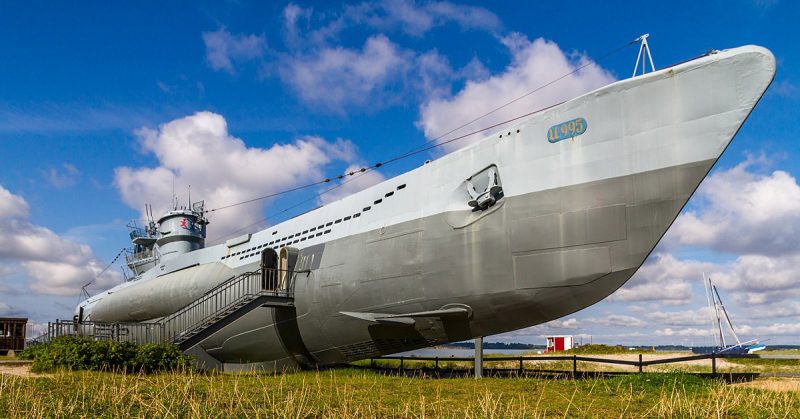The Treaty of Versailles had a number of clauses that were designed to tamp down on Germany’s desires to keep advancing military technology after World War I. In particular, it insisted that there be no more development in submarine technology, but that clause did little to deter the Germans.
They went ahead anyway, they just did it quietly, by setting up numbered companies in the Netherlands. Consequently, their submarines were one of the most formidable parts of the country’s armament when World War II began.
The Type VII U Boat was the deadliest of the bunch. As the most frequently used submarine in Germany’s fleet, it caused the Allies a lot of problems at sea, problems even Great Britain’s enormous Royal Navy had difficulty combating.
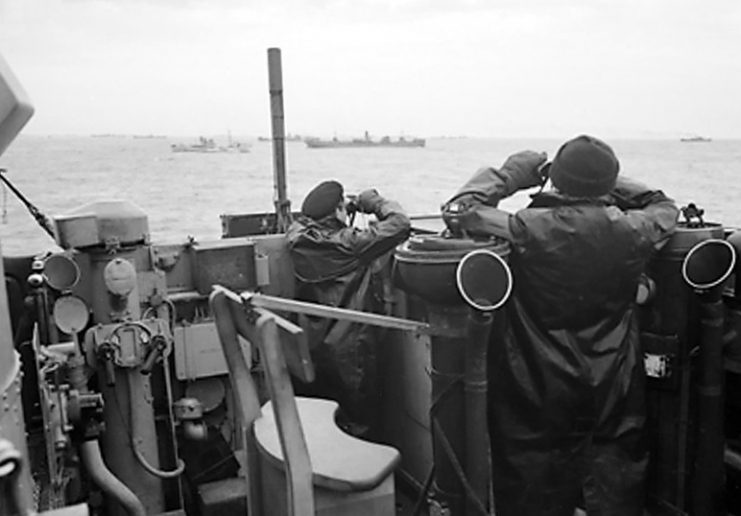
The Battle of the Atlantic was a crucial campaign and lasted the entire war, from September 1939 until the war’s end, in 1945. Both sides did well and terribly, depending on the day. It was as though a new development at sea happened every 24 hours. One day, the Germans would sink an important Allied vessel, and the next, the Allies would sink a Nazi ship like they did the Bismark, in 1941. The battle went back and forth constantly.
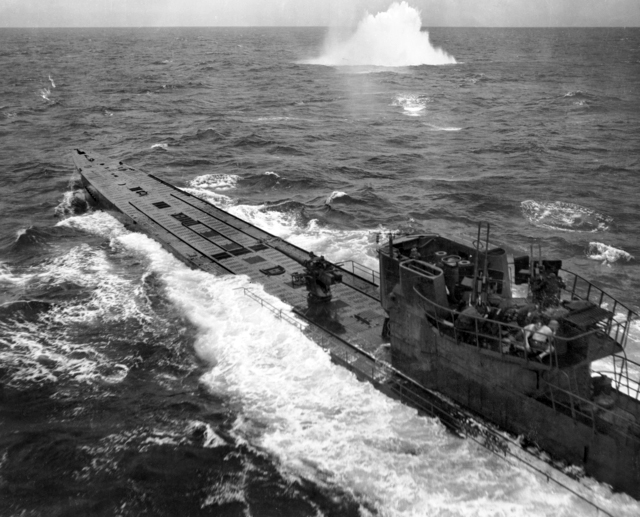
A key ingredient of the battle had nothing to do with strategy and everything to do with human weakness. The men in charge of the seafaring campaign for Germany believed they knew how it should unfold, and this human frailty led to some poor decision making.
The overall Commander In Chief of the German Navy, Admiral Raeder, thought surface ships were crucial, as they could disrupt British shipping. But his underling, Admiral Donitz, Commander In Chief of U Boats, felt submarines were more important. And both men were competing for funding and attention with the much heralded Luftwaffe Air Service. Hence, Donitz’s fleet of subs came up short.
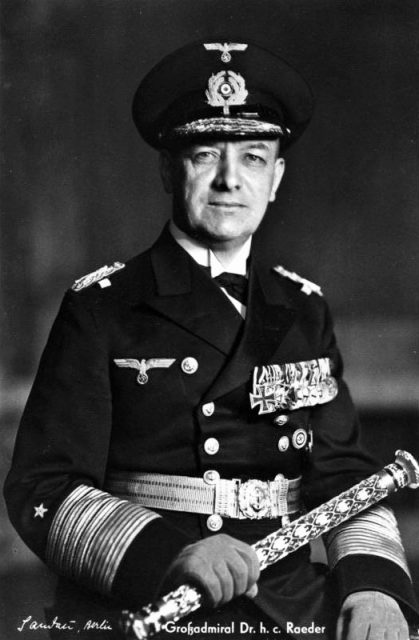
Winston Churchill, Britain’s First Lord of the Admiralty, knew the damage subs had done in the First World War and were determined to avoid it during this one. He quickly designed a system of “companion” boats for Britain; when one ship was at sea, another was nearby, looking out for it. Furthermore, the Royal Navy went looking for U Boats, intent on destroying them. But the subs were difficult to find with the radar of the day, and the plan proved almost useless.
https://youtu.be/mAwnBodRUls
When the Germans captured Western France, they suddenly had direct access to the Atlantic, no longer dependant on a route through the Baltic Sea and the waters above Scotland. The U Boats slid silently, almost, straight into the Atlantic. But once again, pride factored into the failure of some submarines’ missions. Donitz insisted they be run from a central command over which he had authority.
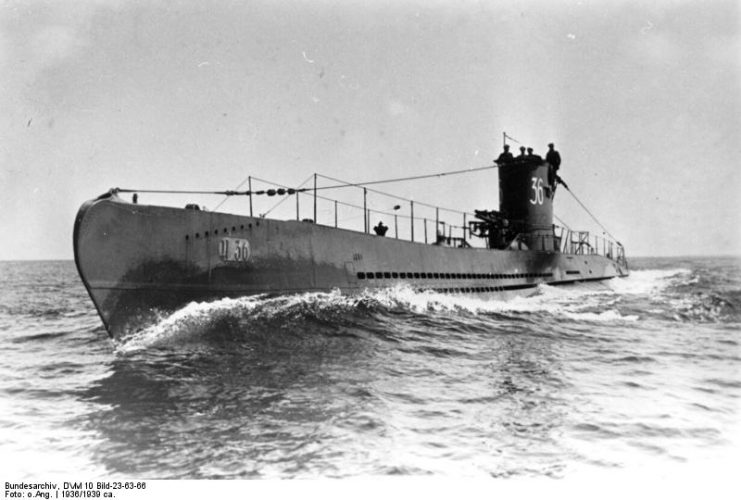
Initially, the system worked well, and he knew the location of every U Boat almost every day. Since these locations were in code, Allied attempts to find them were severely hampered. But once the Enigma Cipher was decoded by the British, the war’s balance began to shift in the Allies’ favor.
The Germans had no idea its signals were being “translated,” so to speak, by the British Navy. It didn’t always work though, sometimes it took months to decode them. But in the meantime, Britain chose to simply avoid the U Boats wherever and whenever possible, rather than engaging in flat out fights.
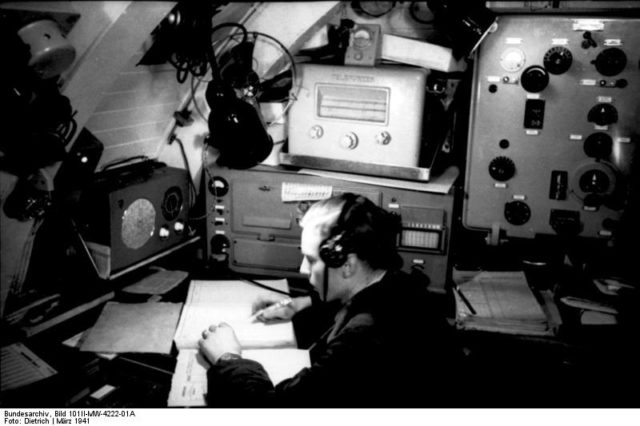
However, Britain made its share of mistakes during the Battle of the Atlantic. Initially, the RAF chose to bomb German businesses and industries, rather than using its aircraft to protect its ships. In hindsight, military experts agree that strategy was a mistake. More focus should have gone to the Atlantic conflict. The victory was not guaranteed for a very long time even at the war’s end, the opposing forces seesawed between victory and defeat.
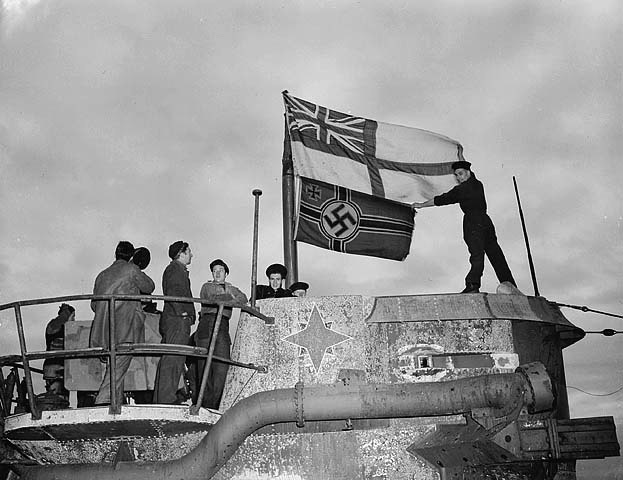
The German subs were a profound part of its military might, and the Third Reich made the most of their advanced technology, willing crews and access to the Atlantic. But Great Britain had been through a war with Germany before, and though another began in 1939, it was not about to lose this time, either.
Many thanks to foto6x7.livejournal.com for this awesome gallery.
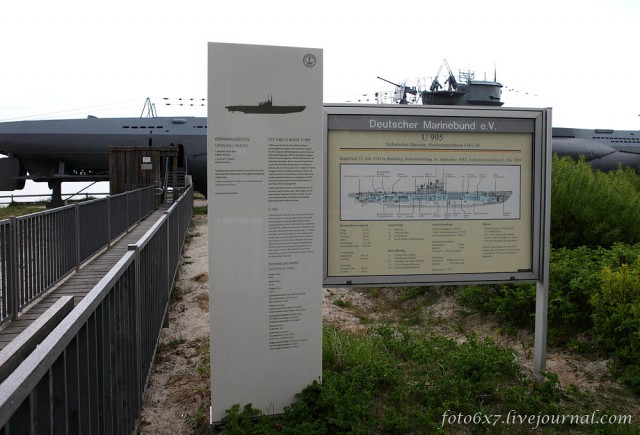
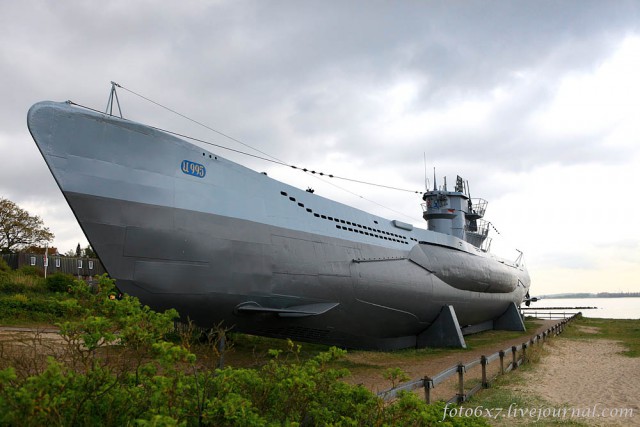
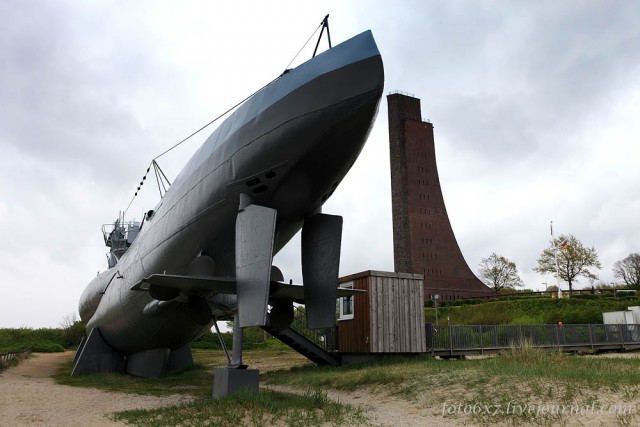
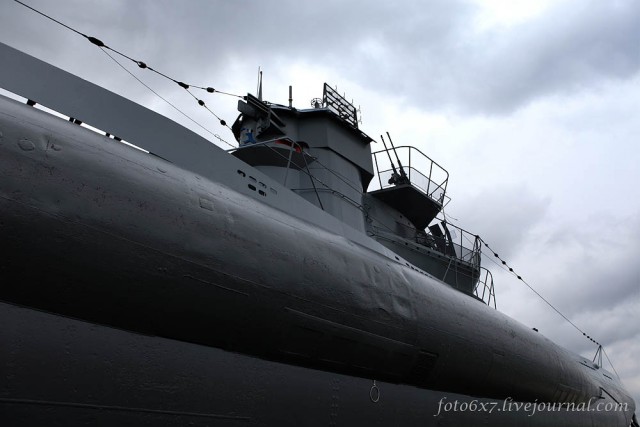
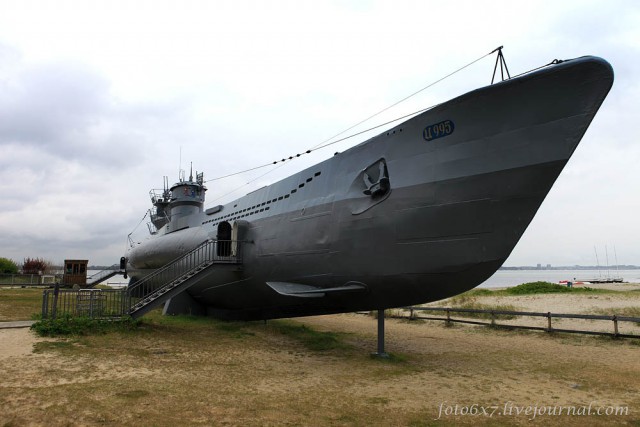
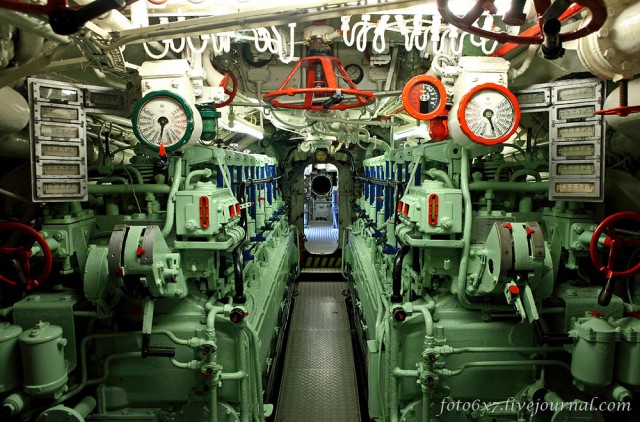
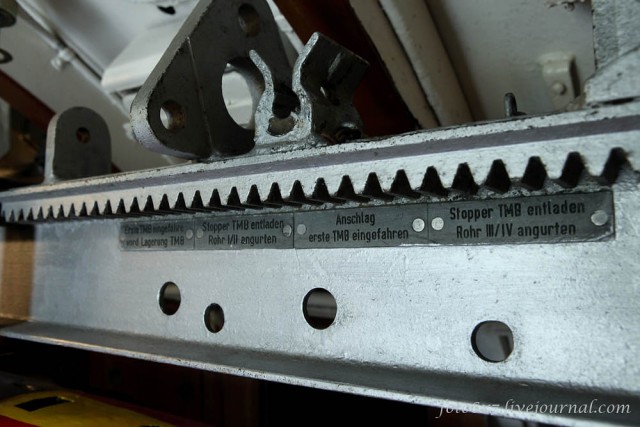
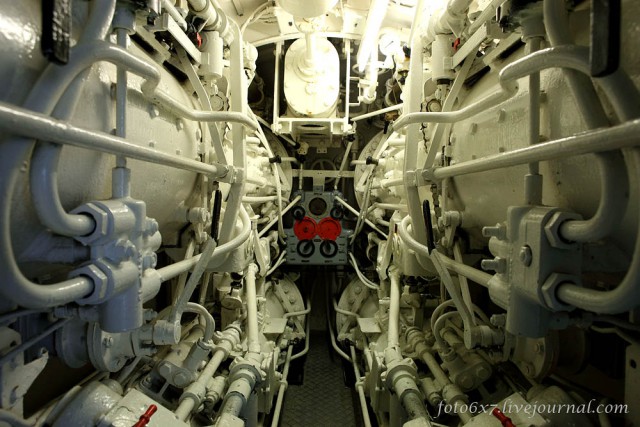
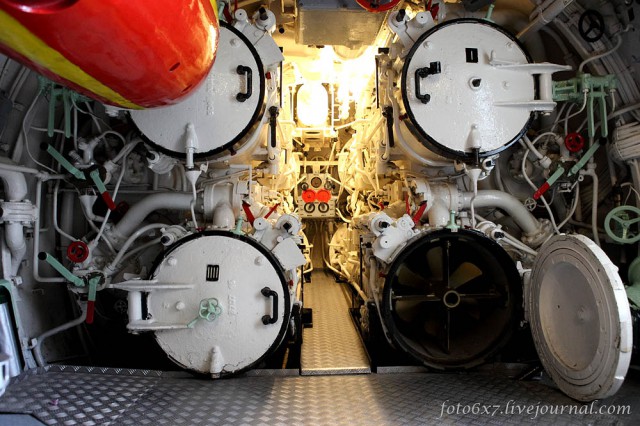
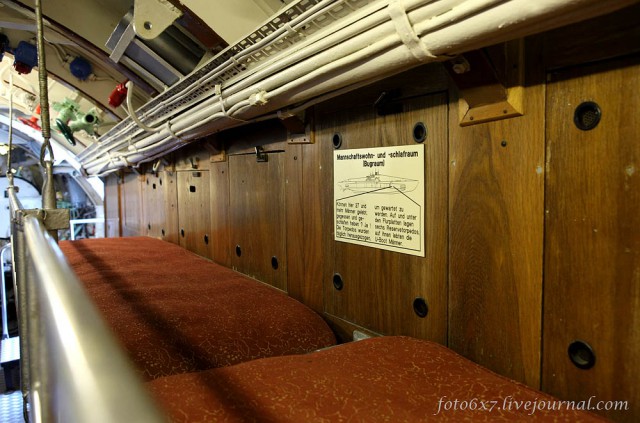
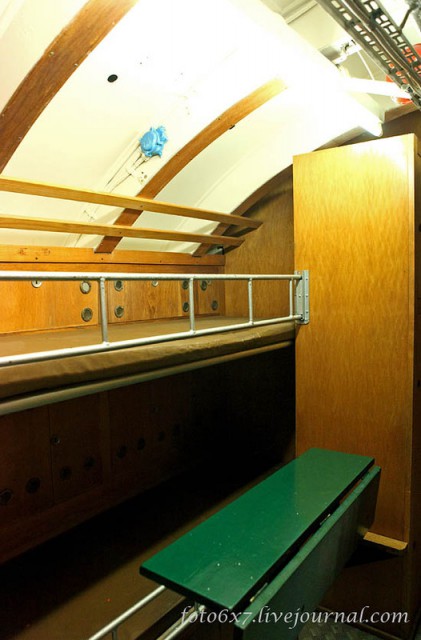
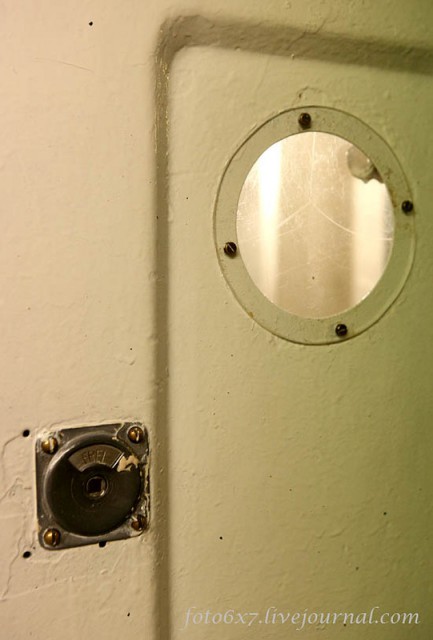
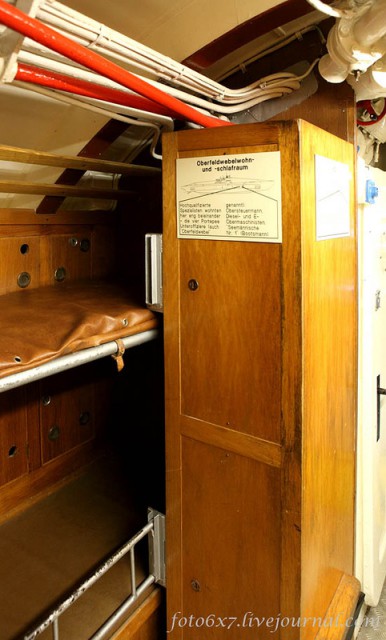
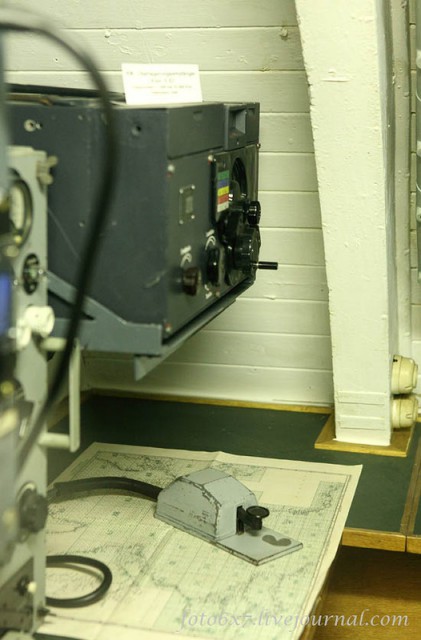
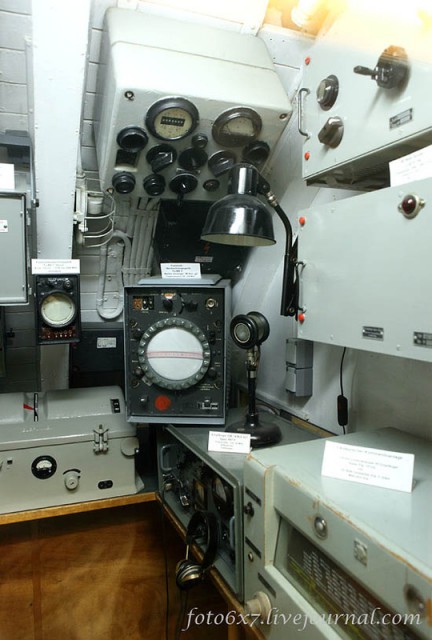
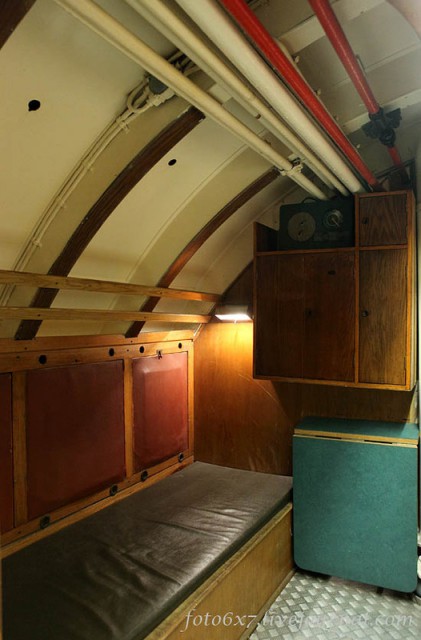
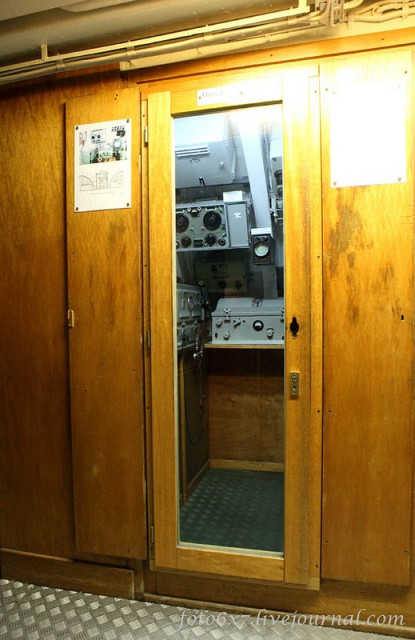
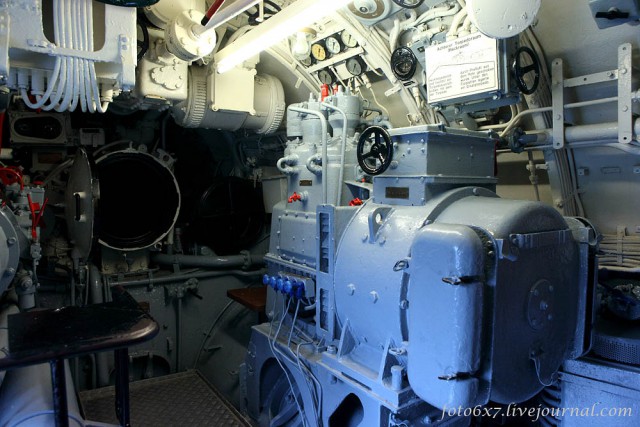
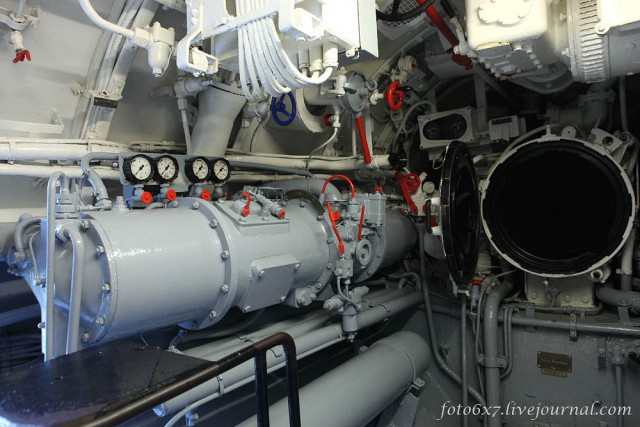
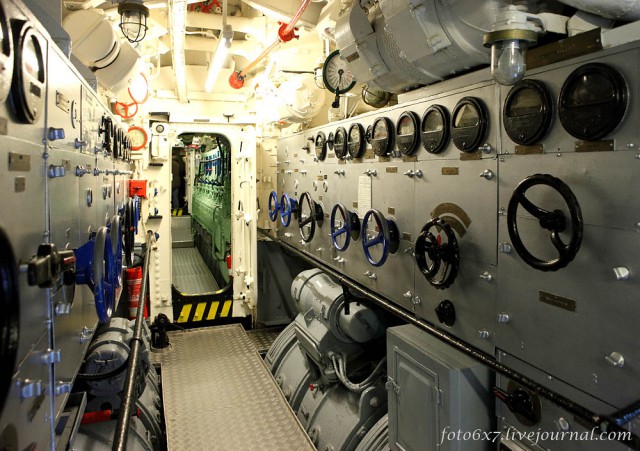
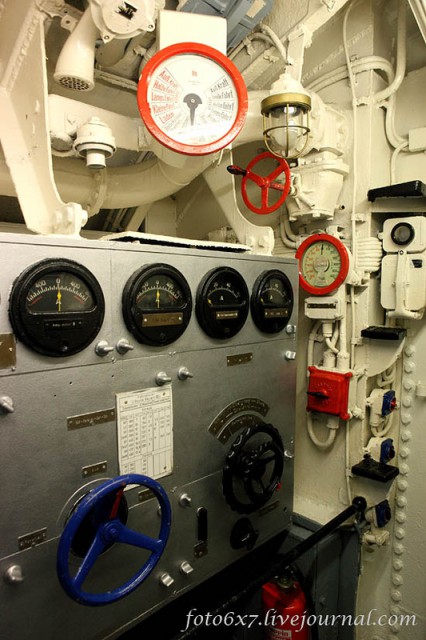
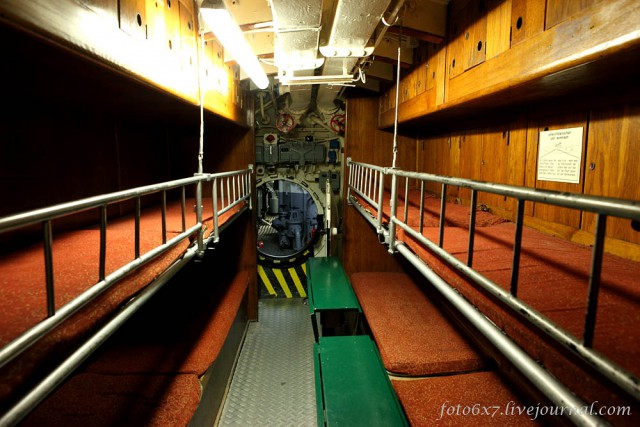
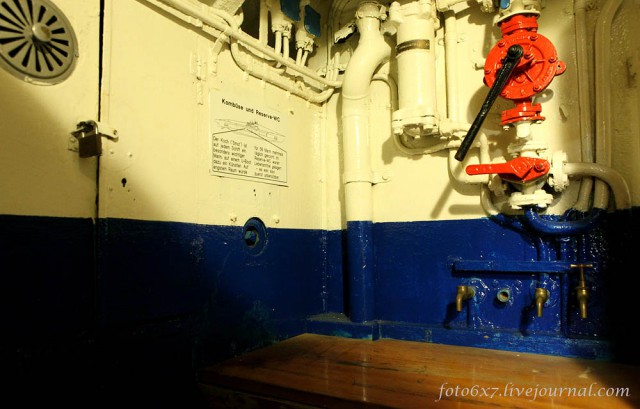
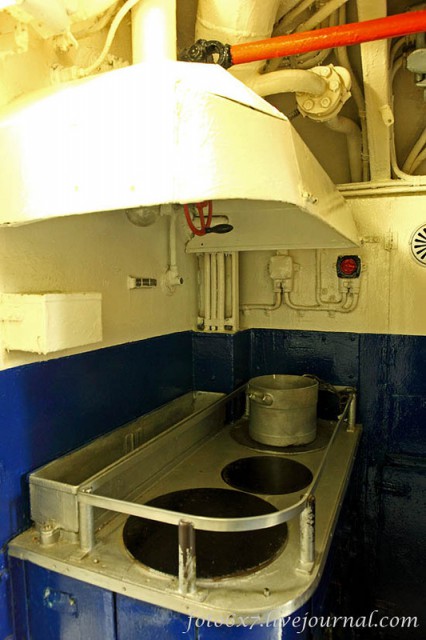
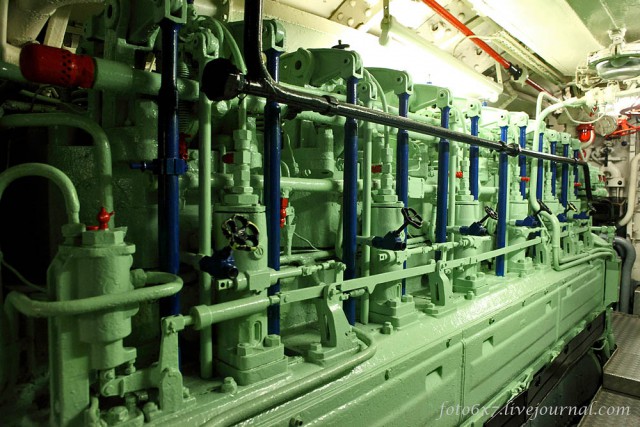
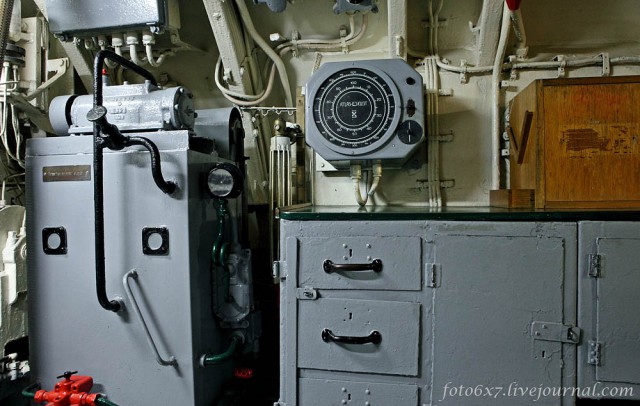
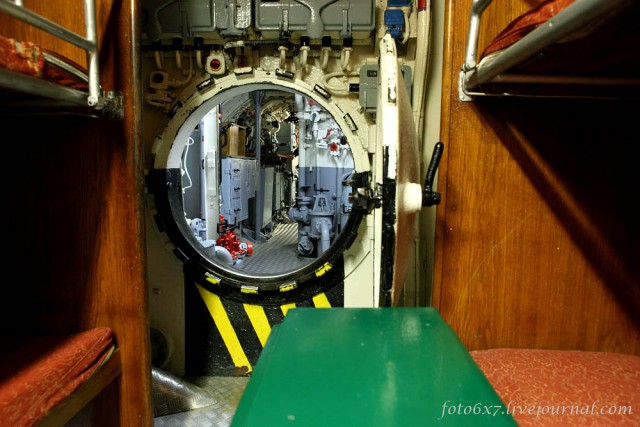
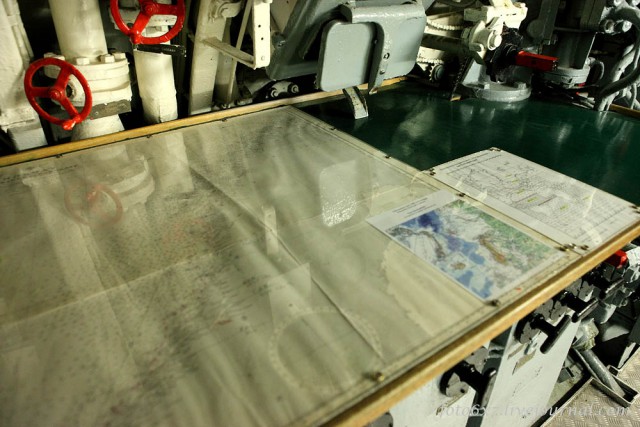
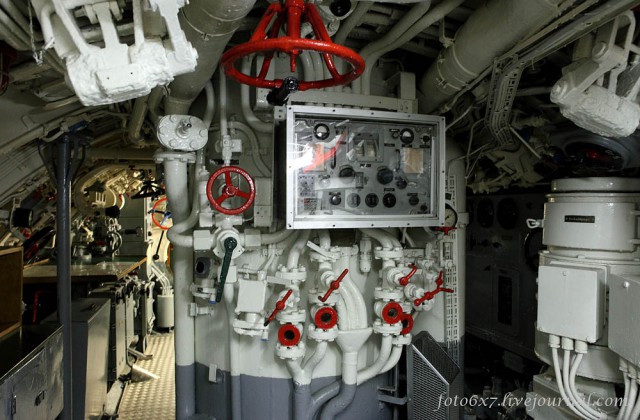
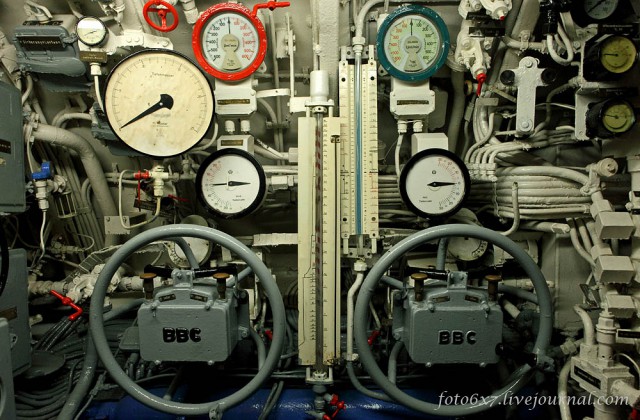
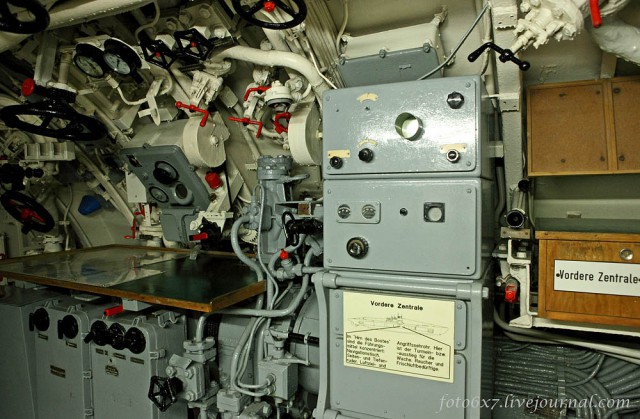
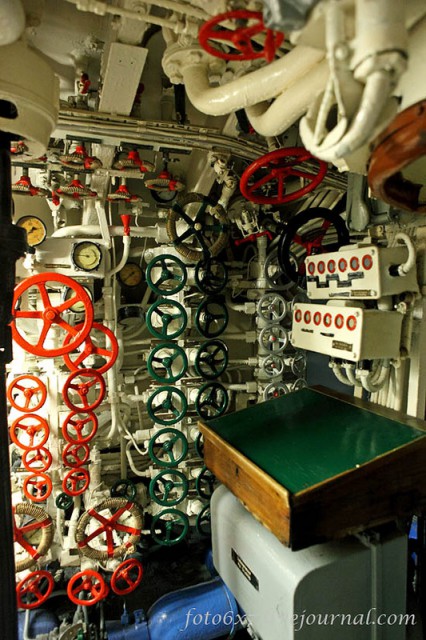
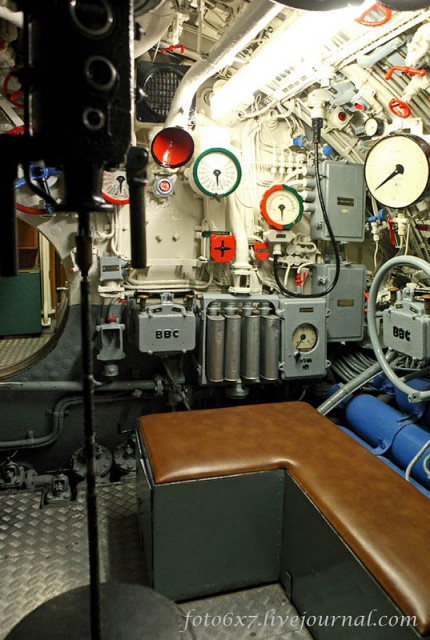
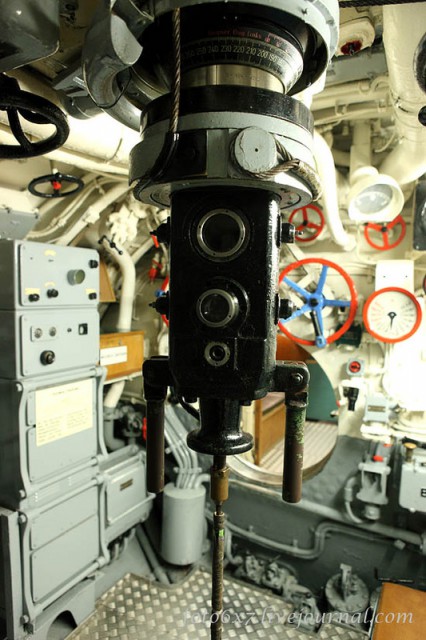
Read another story from us: Spanish Divers Find Lost “Gut Holz” U-Boat off Galician Coast
